Making a diamond pendant necklace requires a bit more expertise than making a pearl necklace, as diamonds are more delicate and require careful handling. Here are some general steps to follow:
1. Choose the diamond
Select a high-quality diamond that is well-cut and free of visible inclusions. Decide on the shape and size of the diamond based on your design preference and budget.
2. Choose the metal
Decide on the type of metal you want to use for the pendant. Popular choices include gold, silver, and platinum. Choose a metal that complements the diamond and your personal style.
3. Design the pendant
Sketch out your pendant design on paper or use a computer-aided design (CAD) program to create a 3D model. The design should include the shape and size of the diamond, as well as any additional details such as accent stones, engravings, or filigree.
4. Create the pendant
Once you have a design, work with a jeweler or a skilled metalworker to create the pendant. They will use the design to create a mold, cast the metal, and set the diamond in place.
5. Choose the chain
Select a chain that complements the pendant and your personal style. The chain should be strong enough to support the weight of the pendant and secure enough to keep the necklace from slipping off.
6. Assemble the necklace
Once the pendant and chain are complete, assemble the necklace by attaching the pendant to the chain. This can be done by using a jump ring or by directly attaching the pendant to the chain.
7. Quality check
Make sure that the pendant is securely attached to the chain and that the necklace looks and feels comfortable to wear.
Making a diamond pendant necklace requires advanced skills and specialized tools. It's important to work with an experienced jeweler or metalworker to ensure that your necklace is well-crafted and durable.
Top 6 Tips For Choosing High-quality Diamond
Choosing a high-quality diamond can seem daunting, but there are a few things to look for to ensure that you are getting a good value for your money. Here are some tips for choosing a high-quality diamond:
1. Look for diamonds with a high cut grade
The cut of a diamond refers to how well it reflects light and determines how sparkly the diamond appears. Look for diamonds with a cut grade of Excellent or Very Good, as these will have the most brilliance and fire.
2. Choose a diamond with a high clarity grade
The clarity of a diamond refers to the number and size of inclusions and blemishes visible under magnification. Look for diamonds with a clarity grade of VS1 or higher, as these will be eye-clean and have no visible inclusions.
3. Select a diamond with a color grade of G or higher
The color of a diamond refers to how much yellow or brown tint is present. Look for diamonds with a color grade of G or higher, as these will appear colorless to the naked eye.
4. Consider the carat weight
The carat weight of a diamond refers to how much it weighs. While larger diamonds can be impressive, it's important to consider the other factors, such as cut, clarity, and color, when choosing a diamond.
5. Choose a certified diamond
Look for diamonds that have been certified by a reputable third-party organization, such as the Gemological Institute of America (GIA) or the American Gem Society (AGS). This ensures that the diamond has been evaluated by an unbiased expert and that its characteristics have been accurately assessed.
6. Buy from a reputable jeweler
Choose a jeweler with a good reputation and a history of selling high-quality diamonds. They should be able to provide you with information about the diamond's characteristics and help you choose the best diamond for your budget and style.
By following these tips, you can select a high-quality diamond that will be a beautiful and lasting investment.
Common Mistakes To Avoid When Making a Diamond Pendant Necklace
Making a diamond pendant necklace requires a high level of skill and attention to detail. Here are some common mistakes to avoid:
1. Choosing a low-quality diamond
The quality of the diamond is the most important factor in the beauty and value of the necklace. Avoid choosing a diamond with a low clarity, color, or cut grade, as it will not sparkle and shine as much as a higher-quality diamond.
2. Poorly designing the pendant
The pendant design should complement the diamond and be well-proportioned to the size of the chain. Avoid designing a pendant that is too bulky or heavy, as it may be uncomfortable to wear and look unbalanced.
3. Using the wrong type of metal
The metal used for the pendant should be appropriate for the diamond and the wearer's skin tone. Gold, platinum, and silver are popular choices, but there are many other options to consider. It's important to choose a metal that is durable and hypoallergenic, if needed.
4. Failing to properly secure the diamond
Diamonds can be delicate and prone to falling out of the setting if not properly secured. Make sure that the prongs or other setting mechanisms are tight and that the diamond is secure.
5. Choosing the wrong chain
The chain should be strong enough to support the weight of the pendant and complement the design. Avoid choosing a chain that is too delicate or too thick, as it may look unbalanced or be uncomfortable to wear.
6. Not checking the necklace for quality
Make sure to inspect the necklace for any defects or flaws after it is completed. Check that the pendant is securely attached to the chain and that the necklace looks and feels comfortable to wear.
By avoiding these common mistakes, you can create a high-quality diamond pendant necklace that will be a beautiful and lasting investment.
Top 6 Hypoallergenic Metal Options For Pendant
If you or the person who will wear the diamond pendant necklace has sensitive skin or metal allergies, there are several hypoallergenic metal options to consider. Here are some choices:
1. Titanium
Titanium is a lightweight and durable metal that is often used in jewelry because it is hypoallergenic. It is also resistant to corrosion and tarnishing.
2. Niobium
Niobium is a rare metal that is known for its hypoallergenic properties. It is also highly resistant to corrosion and tarnishing, making it a great choice for jewelry.
3. Stainless steel
Stainless steel is a popular metal for jewelry because it is strong, durable, and hypoallergenic. It is also resistant to corrosion and tarnishing.
4. Platinum
Platinum is a high-end metal that is hypoallergenic and durable. It is also resistant to tarnishing and corrosion, making it a great choice for jewelry that will be worn frequently.
5. Palladium
Palladium is a member of the platinum family and has similar hypoallergenic properties. It is also durable, lightweight, and resistant to tarnishing and corrosion.
6. 24K Gold
Pure gold (24 karat gold) is hypoallergenic and does not contain any other metals that can cause allergies. However, it is very soft and not suitable for everyday wear. If you choose to use gold for the pendant, consider a lower karat (e.g., 14K or 18K) to add strength.
These metals are all hypoallergenic and suitable for use in diamond pendant necklaces. Consider the style, durability, and budget when choosing the metal for your pendant.
Top 10 Tools For Creating Diamond Pendant Necklace
Creating a diamond pendant necklace requires a variety of specialized tools. Here are the top 10 tools you may need to create a diamond pendant necklace:
1. Jeweler's saw
A jeweler's saw is used to cut and shape metal for the pendant. It is a small saw with a thin blade that can make precise cuts.
2. Pliers
Pliers are used to bend and shape metal wire and jump rings for the pendant. They come in a variety of sizes and shapes, including chain-nose pliers, round-nose pliers, and flat-nose pliers.
3. Files
Files are used to smooth and shape metal after it has been cut with a jeweler's saw. They are available in a variety of shapes and sizes, including flat files, round files, and half-round files.
4. Torch
A torch is used to heat metal for soldering and annealing. There are several types of torches available, including butane torches and propane torches.
5. Soldering tools
Soldering tools, including soldering paste, flux, and a soldering pick, are used to join metal pieces together.
6. Loupe
A loupe is a small magnifying glass that is used to inspect diamonds and other small details on the pendant.
7. Diamond-tipped drill bits
These drill bits are used to create holes in the metal for setting diamonds and other gemstones.
8. Polishing tools
Polishing tools, including polishing cloths and compounds, are used to give the pendant a smooth and shiny finish.
9. Calipers
Calipers are used to measure the size and dimensions of the diamond and other components of the pendant.
10. Ultrasonic cleaner
An ultrasonic cleaner uses high-frequency sound waves to clean the pendant and remove dirt and debris from hard-to-reach areas.
These tools are essential for creating a diamond pendant necklace. Depending on the complexity of the design, you may need additional tools or equipment to complete the project.
Top 5 Tips For Beginners Before Making Diamond Pendant Necklace
Learning to use the tools effectively requires practice, patience, and a willingness to learn. Here are some tips to help you get started:
1. Take a class
Consider taking a jewelry-making class at a local craft store or community center. This will give you hands-on experience with the tools and techniques used in jewelry making and provide you with guidance from an experienced instructor.
2. Watch tutorials
There are many online tutorials available that demonstrate how to use different jewelry-making tools and techniques. Watch these tutorials to learn new skills and gain inspiration for your own projects.
3. Start with simple projects
Choose simple jewelry-making projects that use a few basic tools to start with. This will help you build your skills and confidence before moving on to more complex projects.
4. Experiment with different materials
Try working with different metals, wires, and stones to see how they respond to different tools and techniques. This will help you gain a better understanding of how the tools work and what they are capable of.
5. Keep on Practicing
The more you practice using the tools, the more comfortable and skilled you will become. Set aside time each week to practice your jewelry-making skills and experiment with different techniques.
Remember to always follow safety guidelines when using jewelry-making tools, such as wearing protective eyewear and gloves when necessary. With practice and patience, you can learn to use these tools effectively and create beautiful diamond pendant necklaces.
Bookmark the post - By clicking on the ⭐ icon above the website





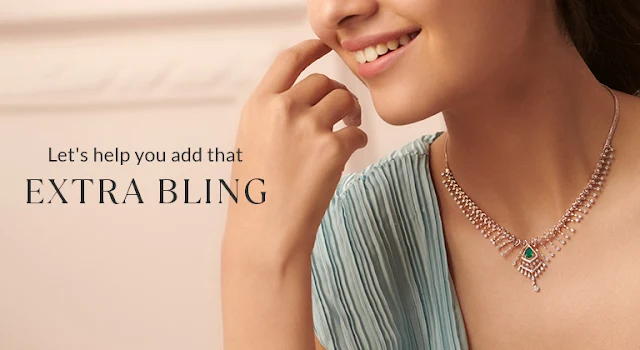










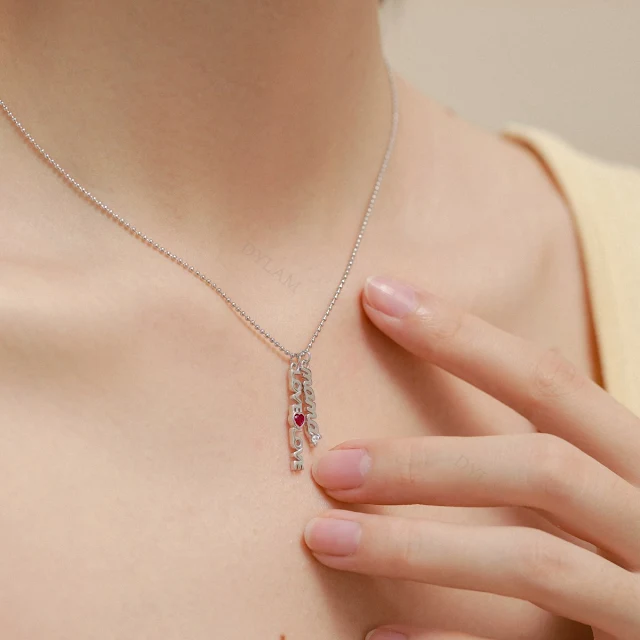




















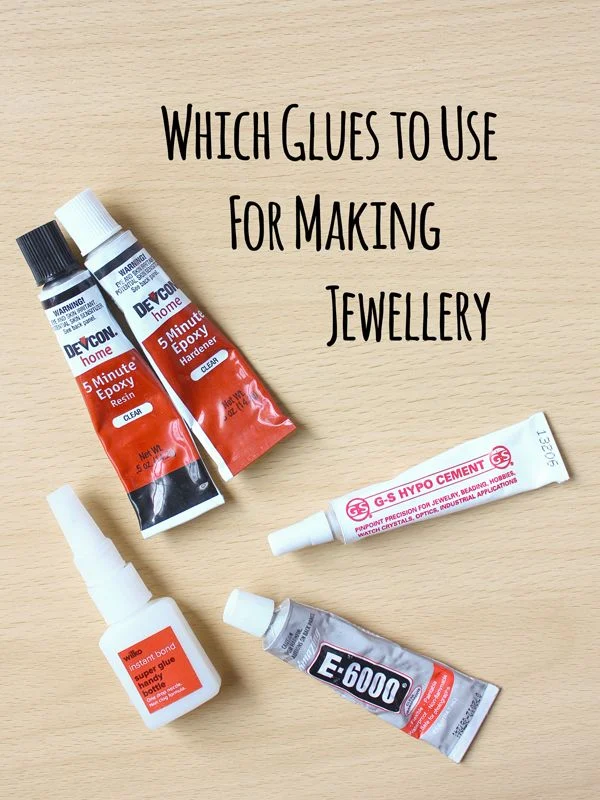






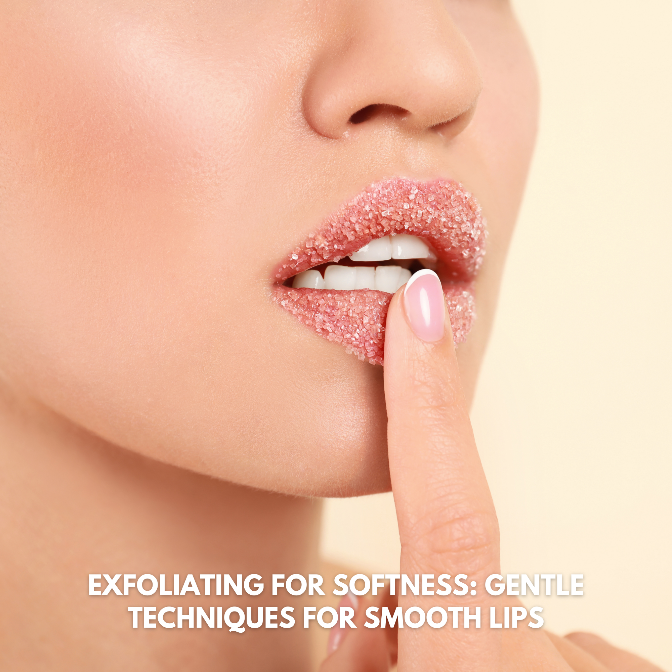













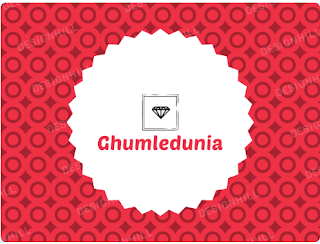
0 Comments